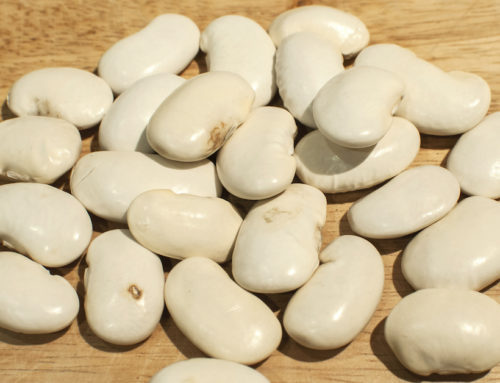A plant pigment that gives color to many fruits and vegetables has multiple protective properties that could shield the brain from Alzheimer’s and other neurological diseases.
Being natural, the compound can’t be patented, so it’s of no value to drug companies. But scientists have now developed a synthetic version of this plant pigment and are pushing for clinical trials.
Even if successful it could take many years before this treatment becomes FDA approved for use in Alzheimer’s treatment and prevention. Meanwhile, the plant compound called fisetin is already available today in a juicy fruit or in a dietary supplement.
Fisetin is an antioxidant flavonol that gives many fruits and vegetables a yellow hue, such as onions, cucumbers, apples, persimmons and yes, even strawberries right before they fully ripen and turn red.
A Colorful Cornucopia of Brain Benefits
Dr. Pamela Maher from The Salk Institute for Biological Studies, La Jolla, California has been studying fisetin for two decades.
Her team’s work has shown this remarkable antioxidant crosses the blood brain barrier. Once in the brain, it is. . .
- Neuroprotective — shields nerve cells from multiple toxic insults
- Neurotrophic — promotes the growth of neurons while slowing their death
- An antioxidant — induces the production of a variety of endogenous antioxidants, in particular glutathione, a key antioxidant enzyme system that protects against damage from free radicals
- Anti-inflammatory
- Memory boosting — enhances learning and memory, including long-term memory
- Immune modifying — positively influences pathways of the innate immune system that are involved in the progression of Alzheimer’s
- Protective against Alzheimer’s by reducing the brain cell damage caused by amyloid plaques and limiting the accumulation of tau tangles that cause the death of brain cells
- Disease modifying– reduces the impact and slows the progression of Huntington’s disease
That’s an awesome list of brain benefits.
But of course these benefits were all discovered in cell cultures and rodent studies. Fisetin can’t be guaranteed to act in the same way in the human brain, since clinical trials are notably absent.
This may change, however, after promising findings of a new synthetic version of fisetin developed at the Salk Institute. A synthetic version can be patented, so lo and behold, the checkbooks come out and there’s a willingness to fund expensive laboratory studies.
Reverses Memory Loss in Animal Studies
The Salk team had already tested the new version, called CMS121, and found it was effective at slowing the degeneration of brain cells and improving the memory of mice.
Following that, it was time for a bigger test using mice specially engineered to get the human equivalent of Alzheimer’s. Some would get the drug while another group would not receive it. A third acted as healthy controls.
The scientists tried to replicate how a middle-aged patient might be treated. So at nine months, the equivalent of middle age in mice, when the mice were already beginning to develop learning and memory problems, the researchers gave the active group daily doses of CMS121.
Three months later, all groups were given a battery of cognitive and behavioral tests.
The result of their experiment was that the Alzheimer’s mice taking the drug saw their memory improve. They performed just as well as the healthy control rodents. But the untreated Alzheimer’s mice performed poorly.
In subsequent pathology analysis, the researchers discovered that the drug reduced neuro-inflammation. In addition, fat molecules called lipids, which play important roles in every cell in the body, differed in the mentally impaired mice who were not taking CMS121.
FASN – Exciting New Alzheimer’s Target
In particular, the non-drug Alzheimer’s group had higher levels of lipid peroxidation, the process by which free radicals damage lipids in cell membranes.
“That not only confirmed that lipid peroxidation is altered in Alzheimer’s, but that this drug is actually normalizing those changes,” said GamzeAtes, a member of the research team.
To discover why this occurred, additional research showed CMS121 lowered levels of fatty acid synthetase (FASN), an enzyme that can promote lipid peroxidation.
To see if this happens in humans, they examined brain samples of people who had died of Alzheimer’s. Sure enough, they had higher levels of FASN compared to people of the same age who were cognitively healthy when they died.
Dr. Maher, who led the team, said that “identifying a new target…is really exciting and opens a lot of doors.”
Getting Fisetin Naturally
While we await human trials of CMS121, fisetin, the natural version, is available. Unfortunately, it’s found in meaningful quantities in just one food – strawberries – and you would have to eat a sizable amount each day to secure the benefits seen in animal studies.
Realistically, fisetin needs to be taken as a supplement.
Although there are no human trials, judging from the many years of work conducted on rodents, Dr. Maher believes fisetin is safe to take.
Even though people have been taking it for some years, “I haven’t really heard of any negative reports,” she said. “I think potentially, fisetin could be of benefit as a preventative.” I’ve been takinfisetin for about the past year, although off and on. I haven’t been consistent about it the entire time.







